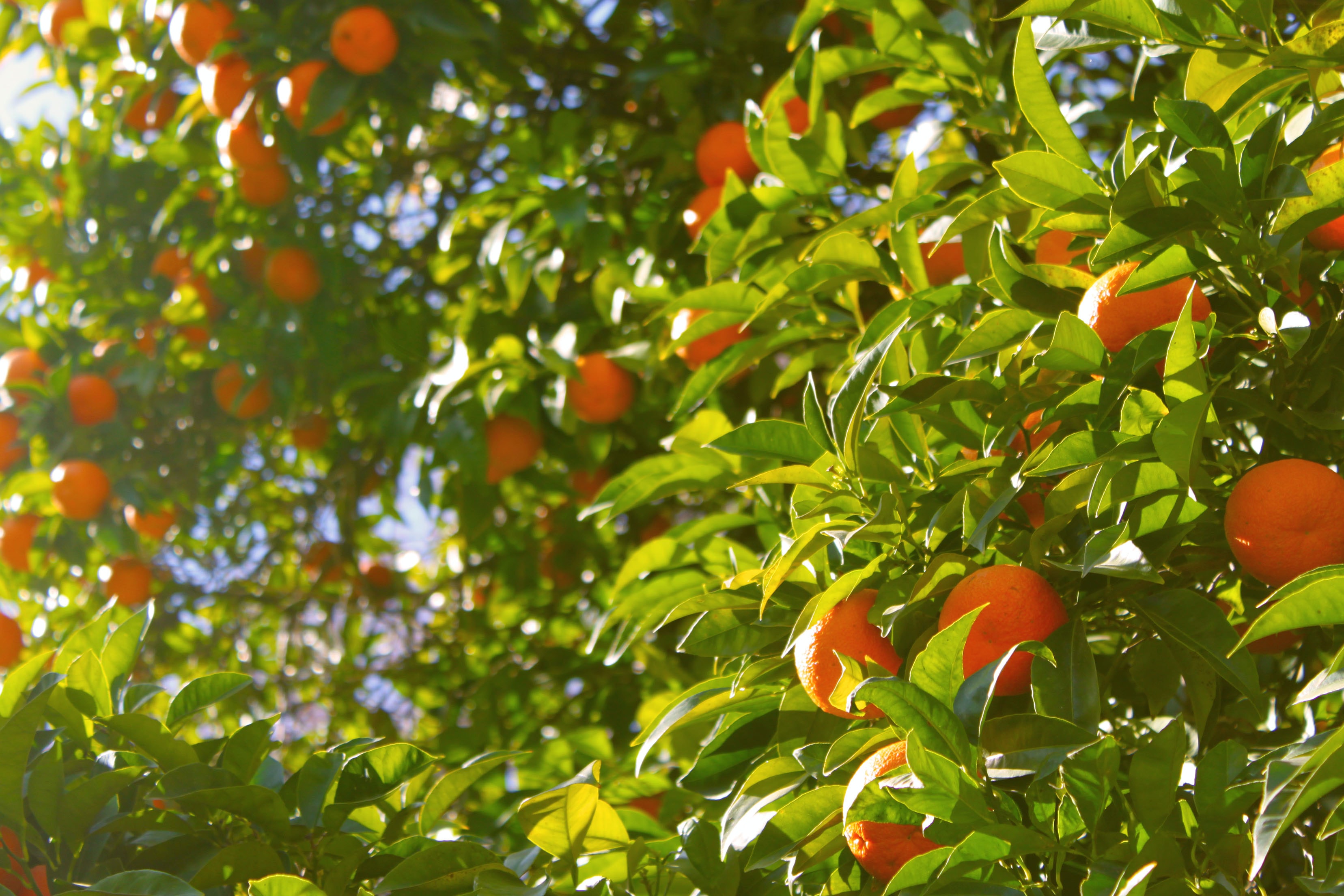Fruit trees are an easy way to grow your own food, while providing shade, bird habitat, and seasonal visuals to your property. My modest-sized suburban yard is packed with lime, orange, fig, apple, mandarin, kumquat, avocado, Meyer lemon, finger lime, and apricot trees — all of which find their way into various salsas, sauces, juices, marinades, and salads throughout the year — and I’m on the lookout for one or two more.
So I called Mike Tully, the owner and operator of Terra Sol Garden Center for advice on what to plant next. But our conversation actually started with what I couldn’t plant — or, as he put it, “Say goodbye to backyard citrus,” because there just aren’t that many more trees left for residential planting across Southern California.
“The nursery industry has been absolutely slammed blindingly like we’ve never seen before due to increased demand,” said Tully of what’s happened during COVID. “People have more time on their hands and are returning to their roots and trying to grow their own edibles.”
As to lemons, limes, oranges, and their brethren, most of the suppliers in this region are exhausted, and the dominant forces seem to not have planned correctly for planting in advance. “I cannot even order a citrus if you wanted me to,” said Tully. “They have completely sold out of products. Citrus is almost nonexistent for the first time in my life as a professional.” He doesn’t expect it to come back until at least 2022.
Raised in the Pacific Palisades, Tully first came to Santa Barbara for City College in 1981, then got his degree in ornamental horticulture at Cal Poly. He began working in nurseries here in 1986, and, in April 2000, bought the old Katashi Landscape Nursery from the Moris, a Japanese family who’d owned the business off Patterson Avenue since the 1960s.
He turned that into Terra Sol, which is a full-service nursery, with everything from vegetables to statuary. But, as Tully explained, “We focus more on unusual succulents and cacti, and the whole edible world.”
Citrus crisis aside, Tully still has plenty of everything else: avocado, stone fruit, mulberry, fig, guava, loquat, apple, and so on. “Anything I’m talking about is going to work well as long as you’re not in extreme heat or extreme frost zone,” he said of the South Coast growing region. “Some might be harder for the Santa Ynez Valley,” which has harder frosts and higher heats.
“Semi-dwarf”-sized trees work best for backyards, but if you want to go big, opt for a mulberry. “We have mulberries that can get upward of 20 feet,” said Tully, who also loves the Fuerte breed of avocado for sizable trees and green-skinned fruit. “The flavor profile is really awesome.”
Drought-tolerant options include fig, guava, pomegranate, or loquat. “These are all plants that will integrate well into a low-water landscape,” he said.
He suggested passionfruit as an easy edible option that doesn’t take up much space. “That’s super easy and very fun for families to grow and watch the fruit turn into little purple egg-shaped flavor bombs,” said Tully, who recommended pineapple guava in the same vein.
I wanted weirder, so he mentioned self-fertile kiwi, which is a rarity for a species that usually requires mating pairs, as well as goji berry and yerba mate, though he didn’t recommend that I try turning the latter into my own tea. And then he went off about jaboticaba, a Seussian tree from South America that looks as unique as it tastes. “It blooms right on the woody trunk,” said Tully. “Those flowers grow black cannonball fruit that’s so delicious.”
I spent the rest of the weekend dazzling friends with pictures of those bizarre, ball-covered trees, and have been wandering around my yard ever since, trying to locate the ideal place to showcase my very own jaboticaba.
5320 Overpass Rd.; (805) 964-7811; terrasolgardencenter.com
Support the Santa Barbara Independent through a long-term or a single contribution.




